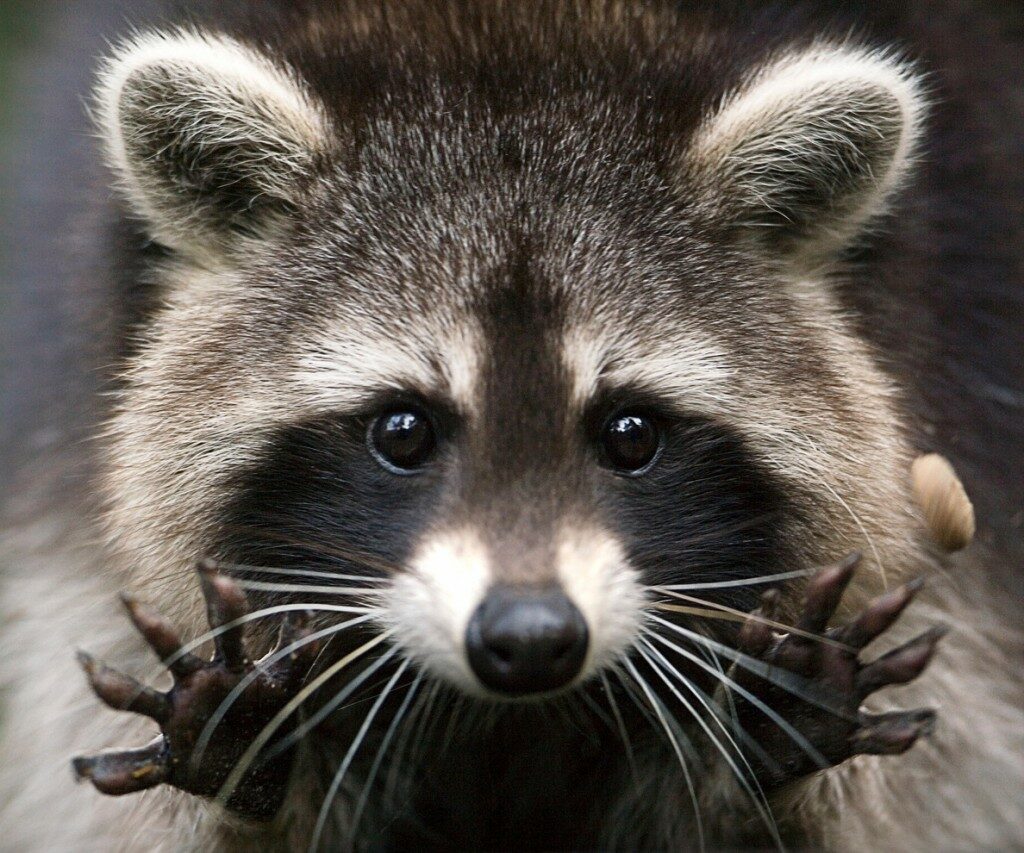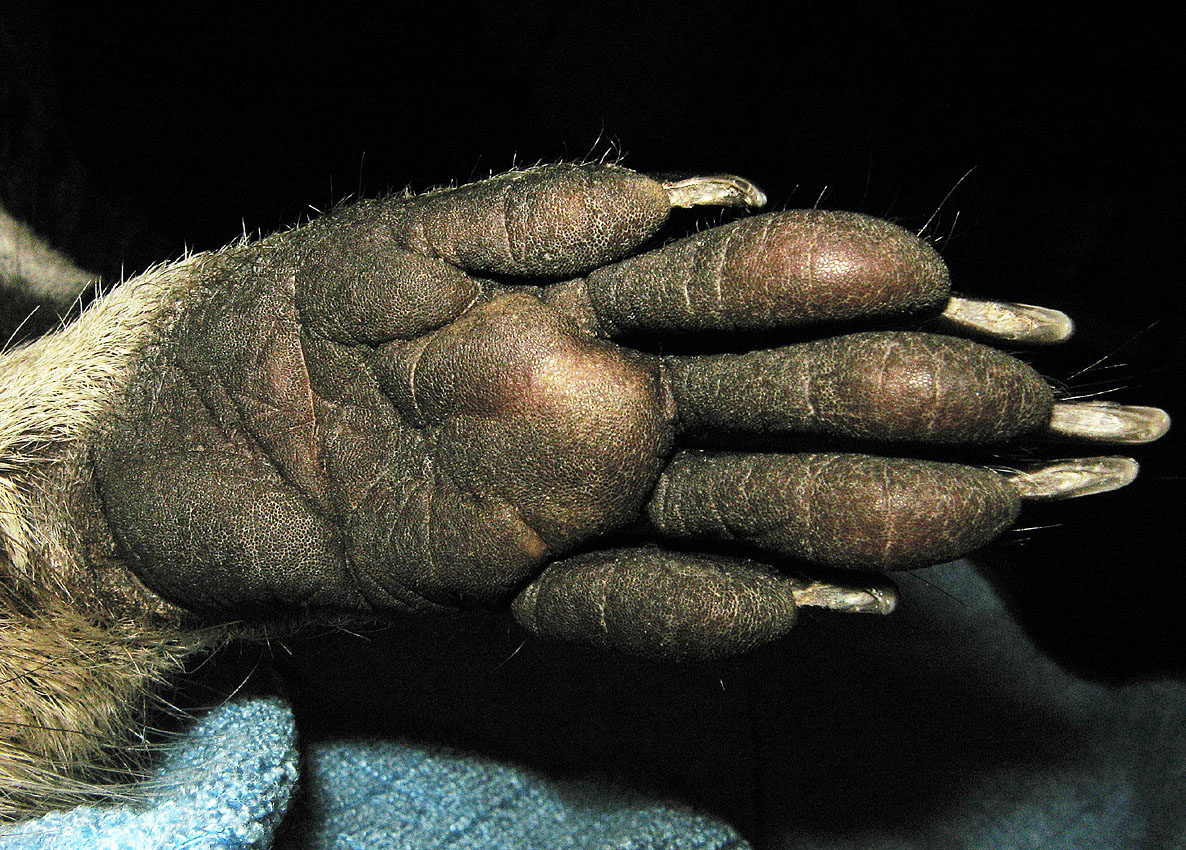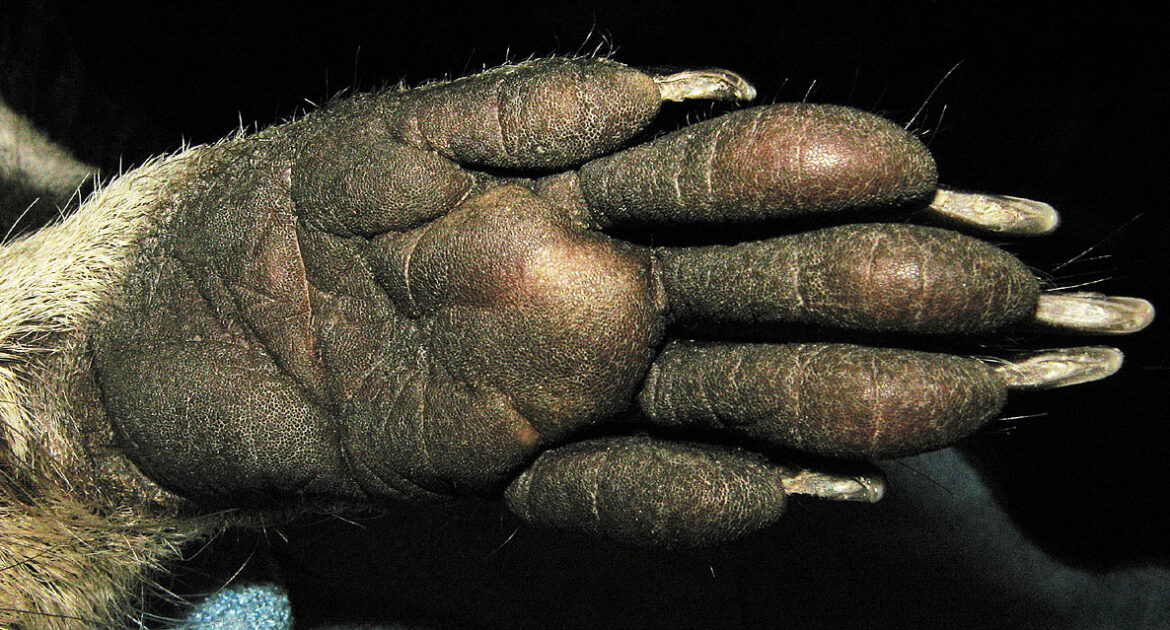Raccoons around the world have earned a reputation for being highly conscious of food hygiene, especially by those who observe that the animals wash – or rather wet – their food before eating it. But there is more to this apparent food washing exploits than meets the eye. Knowledge about this and other raccoon habits will go a long way in helping experts to effectively carry out raccoon removal activities on Milwaukee properties.
The Food Washing Enigma Explained
Raccoons rely heavily on their sense of touch to identify the items they interact with, especially food. The nerve endings in their paws help them to do this. A raccoon’s paw outclasses the paws of other mammals in terms of the number of mechanoreceptors, which is a sense organ or cell that responds to mechanical stimuli such as touch or sound. When compared to other mammals, raccoons’ paws have four to five times the number of receptors. When they wet a piece of food it allows them to more accurately identify it. By just touching an item a raccoon extracts almost two-thirds of its sensory data.
Raccoons use water in a manner similar to humans’ use of light to enhance vision. Water enhances the tactile nerve responsiveness allowing the raccoon to glean more information about the food. It does this by increasing the receptiveness of the nerve endings that are located in the raccoon’s paw. This is very important because the fact that raccoons eat a wide variety of things means it needs to be able to identify the few things that are not edible or excluded from its acceptable diet list.
The scientific unveiling of the mystery surrounding this strange behavior first took place in 1986 through a study published in the Somatosensory Research journal. The study, which focused on 136 raccoons, revealed that when the animals’ paws were wet, their tactile sensory perception increased dramatically.

Other Advantages of the Raccoon Paw
Another amazing feature of raccoons is their amazingly dexterous paws. Raccoons’ paws are almost human-like in appearance and function. This allows the animals to grasp, twist and do other things with their paws that other animals are unable to do with theirs. These gifted paws help them in their foraging activities by making them excellent food-finders and retrievers. These superior paws allow them to snatch and fish food from almost any location be it a stream, river or pond. The flexible paws are also the secret behind the raccoons’ superb climbing skills as they can grasp surfaces and hang on tightly enough to move their bodies along.
Raccoons are particularly adept at using their gifts of perception and dexterity to ensure their survival in the natural and man-made environment. This is one of the reasons they are such a challenging wildlife species for raccoon removal experts around the world who have to deal with them. They get around obstacles that baffle other wildlife species with ease which means that backyard gardens, ponds and even garbage cans around the city suffer at their hands. Adding to this, raccoons eat pretty much everything! Ranging from trash to fruits and small animals. As far as raccoons are concerned, everything in sight is fair game and up for grabs.
How This Impacts the Handling of Your Raccoon Situations
So the next time you spot a raccoon washing its food, you can go ahead and bemuse the fact that it appears to be a very hygienic animal, after all, it is a fun way to view the animals. But remember the true reason behind this behavior. These nocturnal animals are extremely intelligent and require the help of professional raccoon removal when they enter your home.




